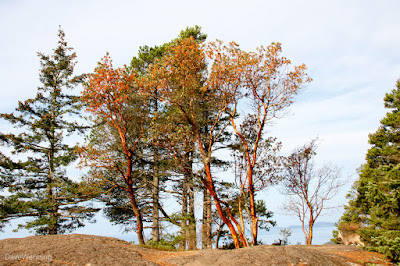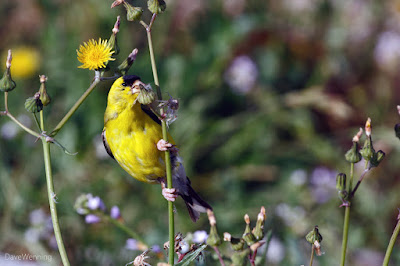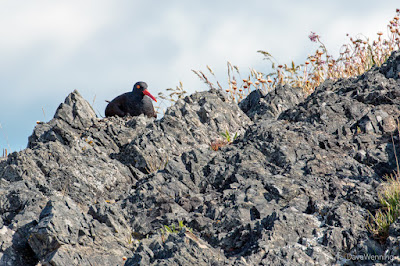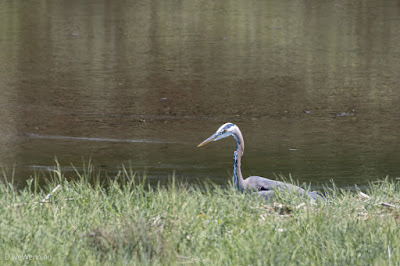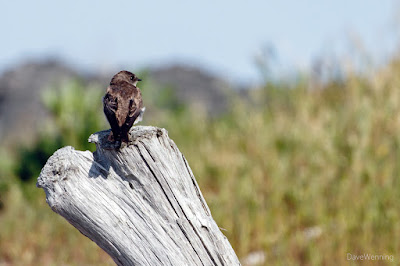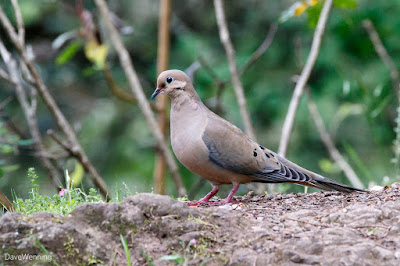Mycophagy
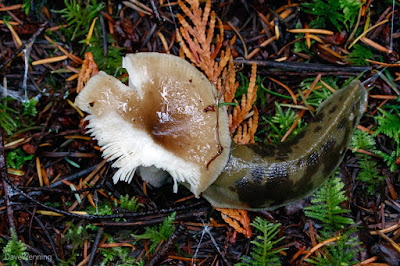
Mycophagy (my-COUGH-a-gee) is an interesting word derived from Greek meaning "fungus glutton." Our native Banana Slugs (Ariolimax columbianus) are apparently mushroom epicures. Hiking the North Trail in the Kukutali Preserve I spotted the mollusks dining on our local portobellos. With October, the rains have returned, and damp weather seems to bring out both slugs and mushrooms. All along the trail, I found evidence of mushroom munching. It was obvious the slugs relish these mycological delights. I do not recommend following their lead. I don't know enough about mushrooms to declare these safe for people to eat. What is dessert for slugs could be deadly for humans. It seems the slugs have evolved to cope with potential toxins produced by the fungi. It is well known people have not. At this point, allow me to editorialize. Wherever I hike, I find smashed and dead Banana Slugs. Hikers seem to be going out of their way to kill them. This is ignor
